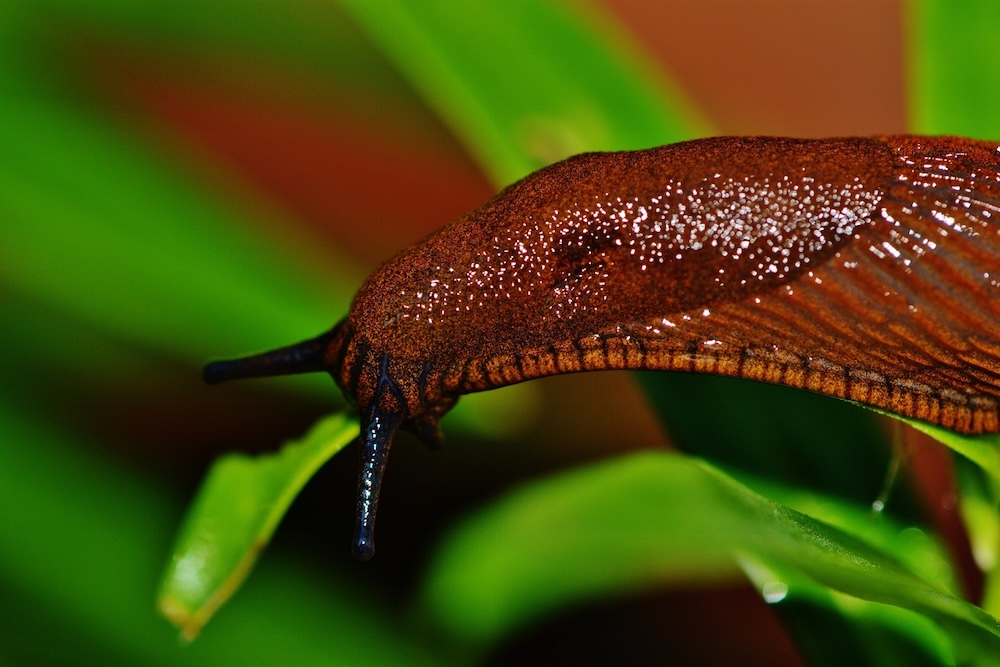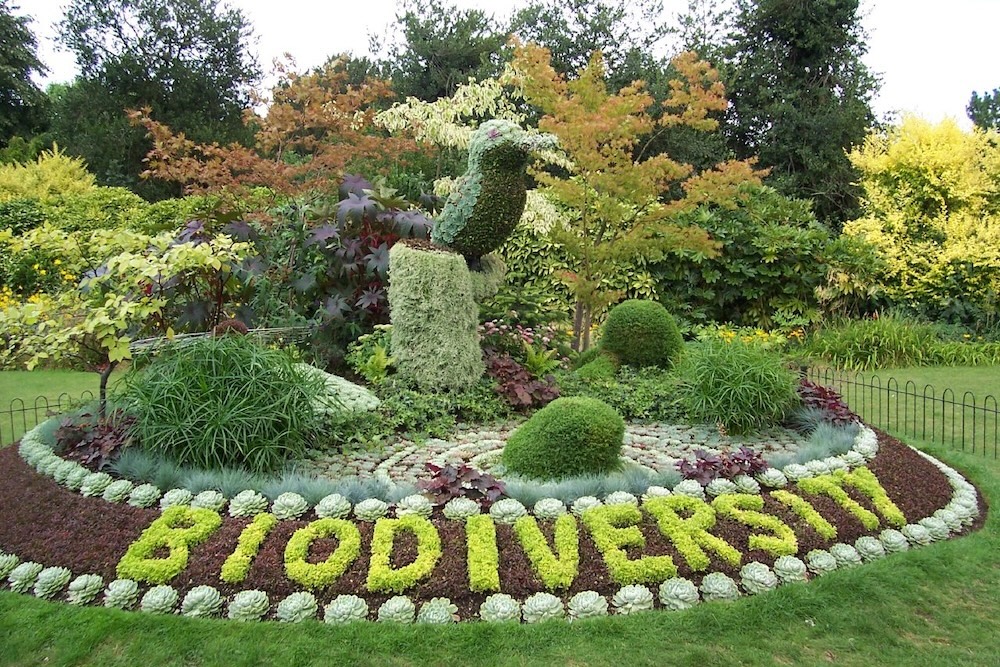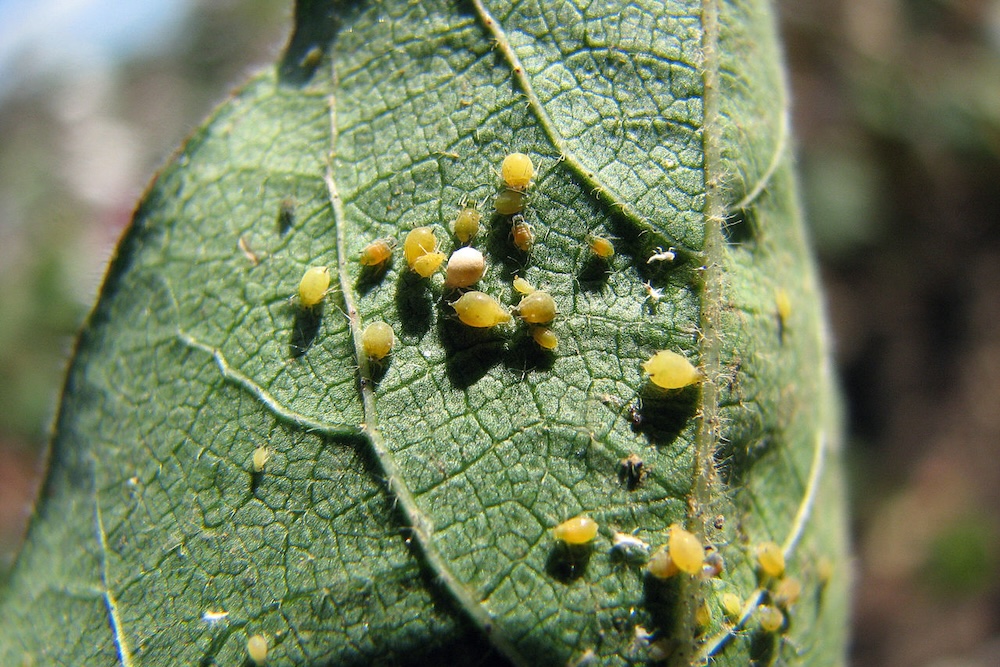Welcome to the world of polyculture, an approach to gardening that embraces diversity and mimics natural ecosystems.
Organic Solutions for Snail and Slug Control
Gardens can be a source of joy and peace, but they can also become a battleground when pests like snails and slugs invade. These creatures are known to cause significant damage to a variety of plants, turning a once vibrant garden into a landscape of half-eaten leaves and stems.
But fear not, there are organic solutions that can help control these slimy invaders, ensuring your garden remains a place of beauty and tranquillity.

The Biology of Snails and Slugs
Understanding Their Lifecycle and Behaviour
Snails and slugs belong to the mollusc family and are gastropods; creatures characterised by their single, muscular foot used for movement. They lay eggs in the soil and, depending on the species, can live from 1 to 5 years. Snails and slugs are primarily active during the night or on cloudy days as they prefer damp, cool conditions.
Recognising Snail and Slug Damage
Identifying snail and slug damage is the first step for effective pest control. Unlike caterpillars and beetles that chew from the edge of the leaf inward, snails and slugs leave irregularly shaped holes in the middle of leaves and flowers, often leaving a silvery trail behind.
Genetic Controls: Selecting Resistant Plants
The Science Behind Plant Resistance
Certain plants have natural defences against snails and slugs. They may possess tough leaves or emit smells that these pests find repulsive, discouraging them from feeding.
Naturally Prone Plants to Avoid
If your garden is suffering from a snail or slug problem, you might want to avoid planting any more clivias, agapanthus, hostas, dahlias and certain vegetable crops as these are highly appealing to these pests.
Resistant Plants to Consider
On the other hand, plants such as pelargoniums, callistemons, lilly pillies and ferns are less attractive to snails and slugs, making them excellent choices for a pest-resistant garden that’s currently suffering from slugs and snails.
Cultural Controls: Modifying the Garden Environment
The Role of Garden Maintenance
Regular garden maintenance plays a crucial role in controlling snail and slug populations. Removing hiding places and food sources can drastically reduce their numbers.
With that being said, a simple trick to use their hiding places against them is to leave out cardboard sheets overnight. Snails and slugs will seek refuge underneath, allowing you to easily collect and dispose of them in the morning.
Watering Practices to Deter Pests
The time you water your plants can also influence pest activity.
Watering in the early morning or late evening when temperatures are cooler can create a damp environment which attracts snails and slugs. Instead, try watering your plants in the mid-morning or afternoon when the sun can quickly dry out the moisture.
Just be aware that direct sunlight onto wet leaves can scorch them in the same way a magnifying glass would – avoid watering too late in the morning.
Physical Controls: Using Barriers and Traps
Creating Effective Physical Barriers
Physical barriers like copper tape, sharp objects (like bunya leaves), and diatomaceous earth (as long as it stays dry) can deter snails and slugs from accessing your plants. They just don’t want to crawl over certain textures and materials.
Setting Up Traps
Traps, such as beer traps, can be effective in controlling snail and slug populations. These pests are attracted to the yeast in beer and will fall into the trap, unable to escape.
Biological Controls: Leveraging Natural Predators
Encouraging Beneficial Creatures
Natural predators like birds, frogs, and certain insects can help control snail and slug populations. Providing habitats for these creatures, such as bird boxes, pond areas for frogs, and insect hotels, can encourage them to make your garden their home.
Nematodes for Slug and Snail Control
Nematodes, which are microscopic worm-like organisms, can also be used as a biological control method. Certain species of nematodes parasitise and kill snails and slugs, providing an organic solution to pest control.
They may arrive naturally in your garden, or you may want to purchase some from a vendor like Bugs for Bugs.
Daniel’s Wrap
Organic snail and slug control methods are not only effective but also promote a healthier ecosystem. By understanding the biology of these pests, selecting resistant plants, modifying garden practices, and leveraging natural predators, you can protect your garden from these slimy invaders.
So why not give these methods a try? Your plants (and the environment) will thank you for it.




This Post Has 0 Comments